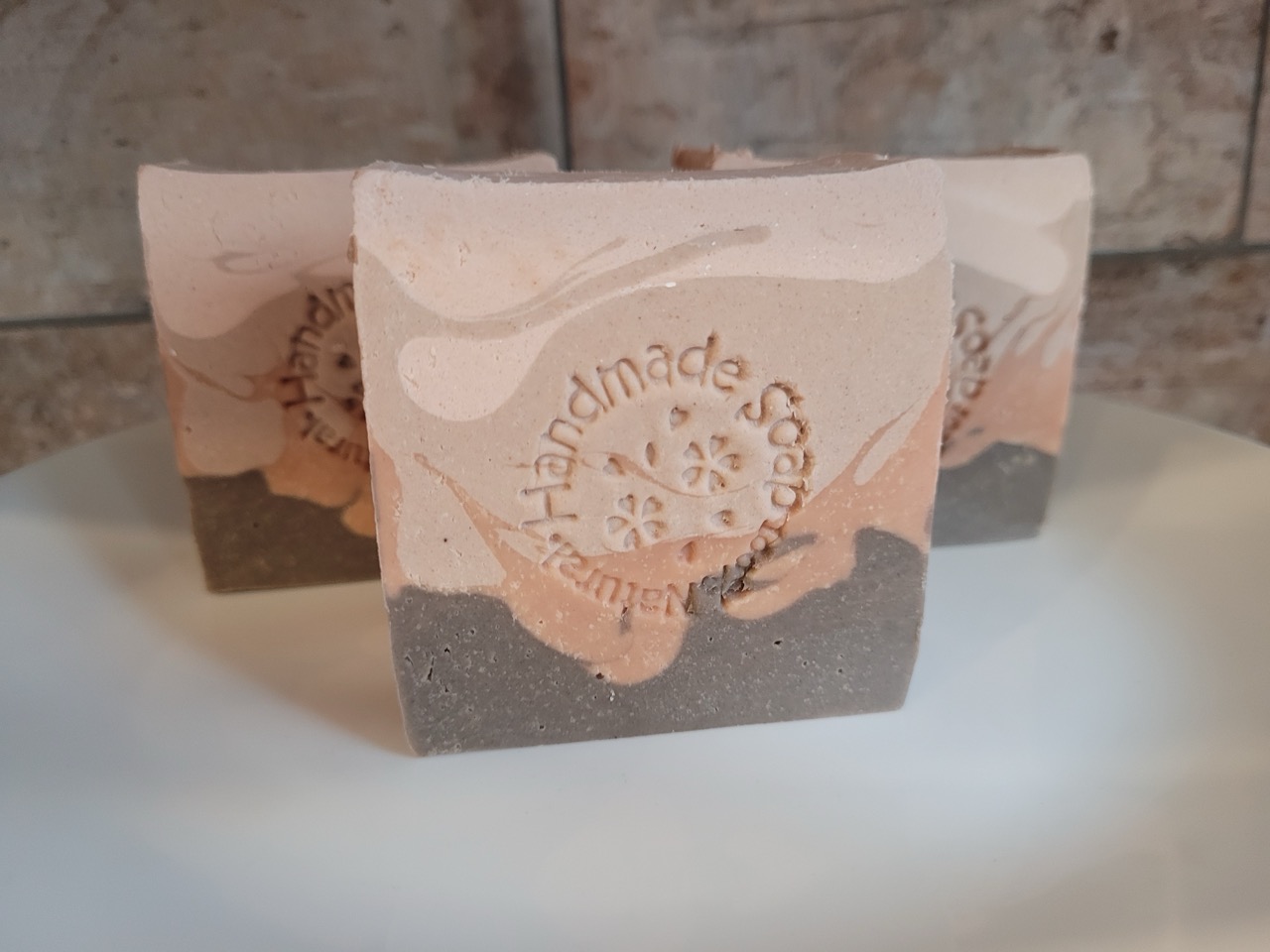How to make soap using lye? Safely and effectively

You’ve probably heard that lye is an essential ingredient in natural soap, allowing for the creation of a soft, smooth bar that is pleasant to use. But why and how does it actually work? You’ll find out in our article! We explain what lye is, the reactions that take place when making soap with it, and how to make soap using lye safely for the desired effect.
What is lye?
Lye, is a powerful alkaline substance used in various applications, including soapmaking. In soapmaking, lye reacts with fats and oils through a process called saponification, resulting in the formation of soap. This chemical reaction neutralizes the caustic properties of lye, creating a safe and effective cleansing product. It’s very important – lye is a caustic chemical that can cause chemical burns and must be handled with care! In soapmaking, there are two types of lye we use- sodium hydroxide (chemical name NaOH) and potassium hydroxide (chemical name KOH). Sodium hydroxide is most commonly used in soapmaking as it forms a hard bar of soap. Potassium hydroxide is used for liquid soaps, and for some hybrid soaps like cream soaps. While Soapmakingfriend.com supports both types of lye, in this article we will be discussing sodium hydroxide (NaOH) when we talk about lye and the chemical interaction.
How does lye work in soap?
If you want to create soap and control each step of the process to get exactly the effect you have planned for each time, you need to know and understand how lye works.
Stage 1: Saponification Reaction
When sodium hydroxide (NaOH) is mixed with water and then added to fats and oils, a chemical reaction occurs. This reaction is called saponification and involves – something that sounds very serious – the hydrolysis of triglycerides.
For the curious: The chemical equation for saponification of triglyceride with sodium hydroxide is as follows: Triglyceride + 3 NaOH → Glycerol +3 Soap Molecules. Put simply, one triglyceride molecule reacts with three sodium hydroxide molecules to produce glycerol (a byproduct) and three soap molecules.
Stage 2: Neutralization
While sodium hydroxide is a caustic substance, it is neutralized during the saponification process. As the reaction progresses, the sodium hydroxide is consumed, and the final product, soap, is safe for use on the skin.
Stage 3: Curing Process
After the soapmaking process is complete, the soap batter is poured into molds and left to harden for a day or two. Then, it can be cut when firm and set in a cool dry place to cure. During this time, any remaining traces of sodium hydroxide react with the oils in the soap and are completely converted, ensuring a mild and safe final product.
How to make homemade soap with lye?
Making DIY soap with lye requires careful attention to safety and precision. You need not only the accessories necessary for soap preparation, such as containers, molds, and stirrers but also protective accessories such as gloves, goggles, and a mask.
👉 You can read more about it in the article: Soap Making Kit – 9 Essentials You Need

Here’s a basic cold process soap recipe (with lye) to help you get started
Ingredients:
- 16 oz (453 grams) olive oil
- 8 oz (227 grams) coconut oil
- 4.5 oz (128 grams) lye (sodium hydroxide)
- 10 oz (283 grams) water
- Optional: essential oils for fragrance
Instructions – how to make homemade soap with lye step by step?
- Prepare your workspace – set it up with all the necessary equipment and ensure good ventilation.
- Weigh ingredients – use a kitchen scale to measure the oils, lye, and water accurately.
- Mix lye solution – in a heat-resistant container, carefully add the lye to the water, stirring gently. Be cautious, as this mixture will release fumes and get very hot! Allow it to cool to around 100°F (38°C).
- Melt oils – in a separate container melt the olive oil and coconut oil together. Let them cool to a similar temperature as the lye solution.
- Combine lye solution and oils – slowly pour the lye solution into the melted oils, stirring continuously (use a stick blender for better mixing).
- Blend until trace – blend the mixture until it reaches trace (a point where it thickens and leaves a trace on the surface). This may take a few minutes.
- Optional – if desired, add essential oils for fragrance. Stir the oils in thoroughly.
- Pour into molds – pour the soap mixture into your chosen molds. Tap the molds on the counter to remove air bubbles.
- Cure the soap – allow the soap batter to firm up in the molds for 24-48 hours. Afterward, remove it from the molds and cut it into bars. Place the bars on a rack to cure for 4-6 weeks, allowing excess water to evaporate.
- Test the soap – once cured, test the soap. If it’s mild, hard, and has a pleasant fragrance, it’s ready for use. Congratulations!
Did you know that we have a database with over 30,000 unique soap recipes? Check it out!
What dangerous things can happen when making soap with lye?
While making soap with lye can be a rewarding craft, it’s essential to be aware of potential dangers and take appropriate precautions.
First of all, lye is a caustic substance that can cause severe chemical burns if it comes into contact with the skin. It’s crucial to wear protective gear, including gloves and safety goggles, to prevent direct contact with lye. Yes, eye irritation is also a risk. And it can be very serious – leading to permanent damage to the eyesight. The next threat is inhalation of fumes. The process of mixing lye with water can release fumes that are irritating to the respiratory system. Work in a well-ventilated area and wear a mask to avoid this. Also, watch out for lye spilling. It’s important to have a source of water nearby to rinse any splashes on the body immediately to avoid lasting harm.
Summary
Making soap using lye can be a fulfilling and creative endeavor. By prioritizing safety, understanding the chemical reactions involved, and experimenting with various oils and fragrances, you’ll be on your way to producing high-quality, handmade soap.
Do you want to learn more? Check out our other articles!


